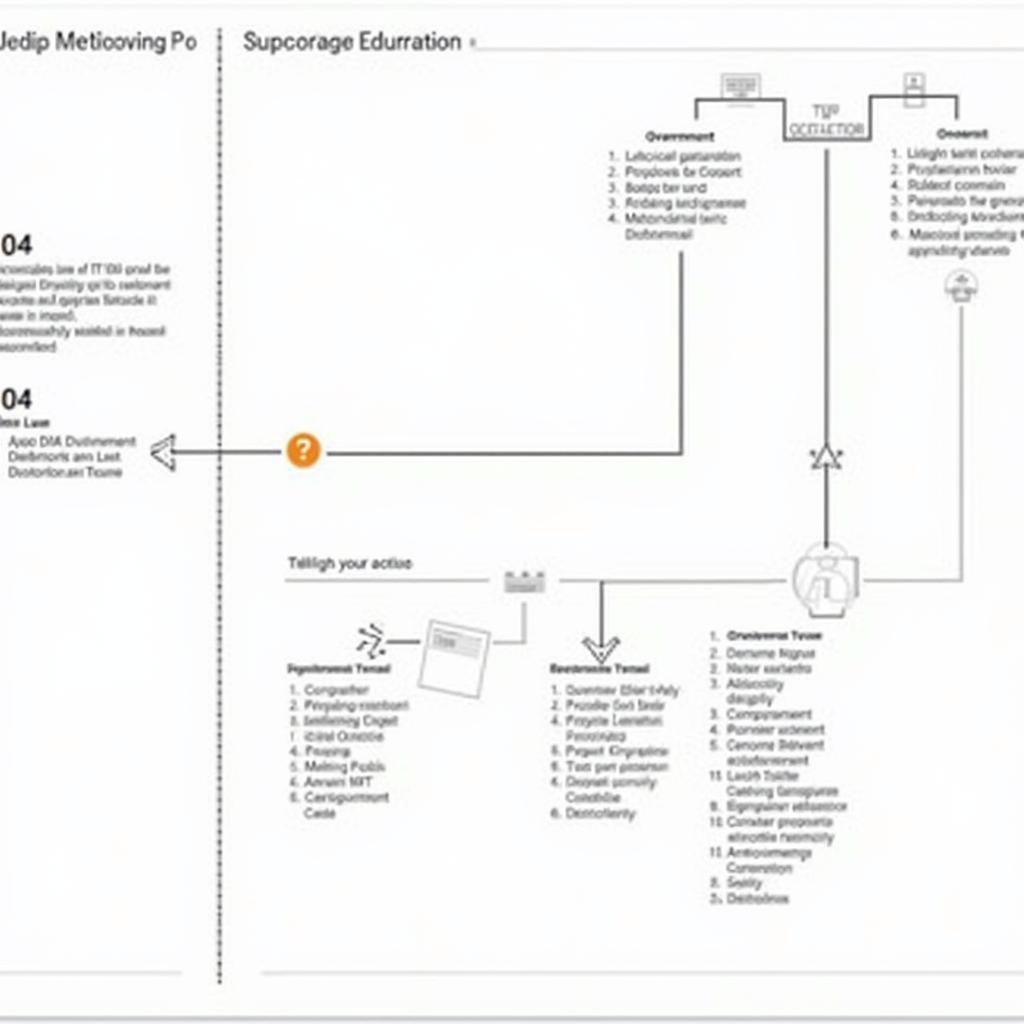This article will focus on ASEAN, the Association of Southeast Asian Nations, its development, and its future. It will dive into how ASEAN has become a leading force in Southeast Asia, encompassing diverse cultural landscapes, a vibrant economy, and a strong commitment to regional integration. While exploring the organization’s journey, the article will also address key challenges and opportunities facing ASEAN in 2017.
ASEAN is a regional grouping of ten Southeast Asian nations, namely Brunei Darussalam, Cambodia, Indonesia, Lao PDR, Malaysia, Myanmar, the Philippines, Singapore, Thailand, and Vietnam. The ASEAN bloc has been a significant force in promoting regional stability and cooperation, particularly in economic integration, social development, and security. The association was formed in 1967, with the signing of the ASEAN Declaration, known as the Bangkok Declaration, which aimed at fostering peace, stability, and economic growth in the region.
The organization has established a solid foundation for regional cooperation by fostering a culture of dialogue, consultation, and consensus building. It has also played a critical role in facilitating trade and investment among its members through various initiatives.
ASEAN Economic Community (AEC)
The ASEAN Economic Community (AEC) is a key initiative that aims to create a single market and production base for goods and services. It is projected to enhance regional competitiveness and attract more foreign investment. The AEC seeks to achieve its objectives through various mechanisms, such as the elimination of tariffs and non-tariff barriers, harmonizing regulations, and promoting seamless movement of goods, services, and capital within the region.
“The AEC is a vision of ASEAN to become a dynamic and integrated regional economic community. It will provide a robust platform for ASEAN to compete in the global market,” says Dr. Thanawat Pattanapipat, an ASEAN expert at the Asian Development Bank.
ASEAN’s Challenges and Opportunities
ASEAN faces various challenges in its quest for regional integration, including the need for stronger infrastructure development, the necessity to address the growing gap in income and economic development among member states, and the need to enhance regional governance. However, these challenges are also opportunities for ASEAN to further strengthen its regional cooperation.
For instance, by investing in infrastructure development, ASEAN can improve connectivity among its members and facilitate the free flow of goods, services, and people. This can also boost tourism and promote economic growth.
Furthermore, ASEAN can address the income gap by promoting trade and investment, sharing knowledge and skills, and promoting regional economic diversification. The organization can also work towards achieving greater regional security by addressing common threats such as terrorism, transnational crime, and natural disasters.
ASEAN’s Future
ASEAN’s future looks bright, with the organization’s commitment to regional integration and its focus on economic growth and sustainable development. The establishment of the AEC is a crucial step towards creating a more integrated and prosperous region. The organization’s proactive engagement in global affairs and its commitment to multilateralism are also vital to its success.
“ASEAN has a unique opportunity to lead in the global south. The organization’s emphasis on cooperation and multilateralism is more important than ever in a world grappling with complex global challenges,” states Dr. Suhaimi Ali, a prominent academic and ASEAN observer from Malaysia.
Frequently Asked Questions
Q: What are some of the key achievements of ASEAN?
A: Some key achievements of ASEAN include the establishment of the ASEAN Free Trade Area (AFTA), the ASEAN Economic Community (AEC), and the ASEAN Regional Forum (ARF). These initiatives have been crucial in promoting regional integration, trade, investment, and security.
Q: What are some of the key priorities for ASEAN in the future?
A: ASEAN’s key priorities include further integration of the AEC, addressing the income gap among member states, strengthening regional governance, and promoting peace and security in the region.
Q: How can individuals contribute to ASEAN’s success?
A: Individuals can contribute to ASEAN’s success by supporting regional businesses, promoting cultural exchange, advocating for peace and cooperation, and engaging in public discussions about regional issues.
Q: What are some of the challenges facing ASEAN?
A: ASEAN faces challenges such as the need for stronger infrastructure development, the necessity to address the growing gap in income and economic development among member states, and the need to enhance regional governance.
Q: How can I learn more about ASEAN?
A: You can learn more about ASEAN by visiting the official website of the organization or by reading books, articles, and reports on ASEAN. You can also attend events and conferences organized by ASEAN and its partners.
For more information about ASEAN, please contact:
Phone: 0369020373
Email: [email protected]
Address: Thôn Ngọc Liễn, Hiệp Hòa, Bắc Giang, Việt Nam.
We have a team of customer service representatives available 24/7 to assist you.

